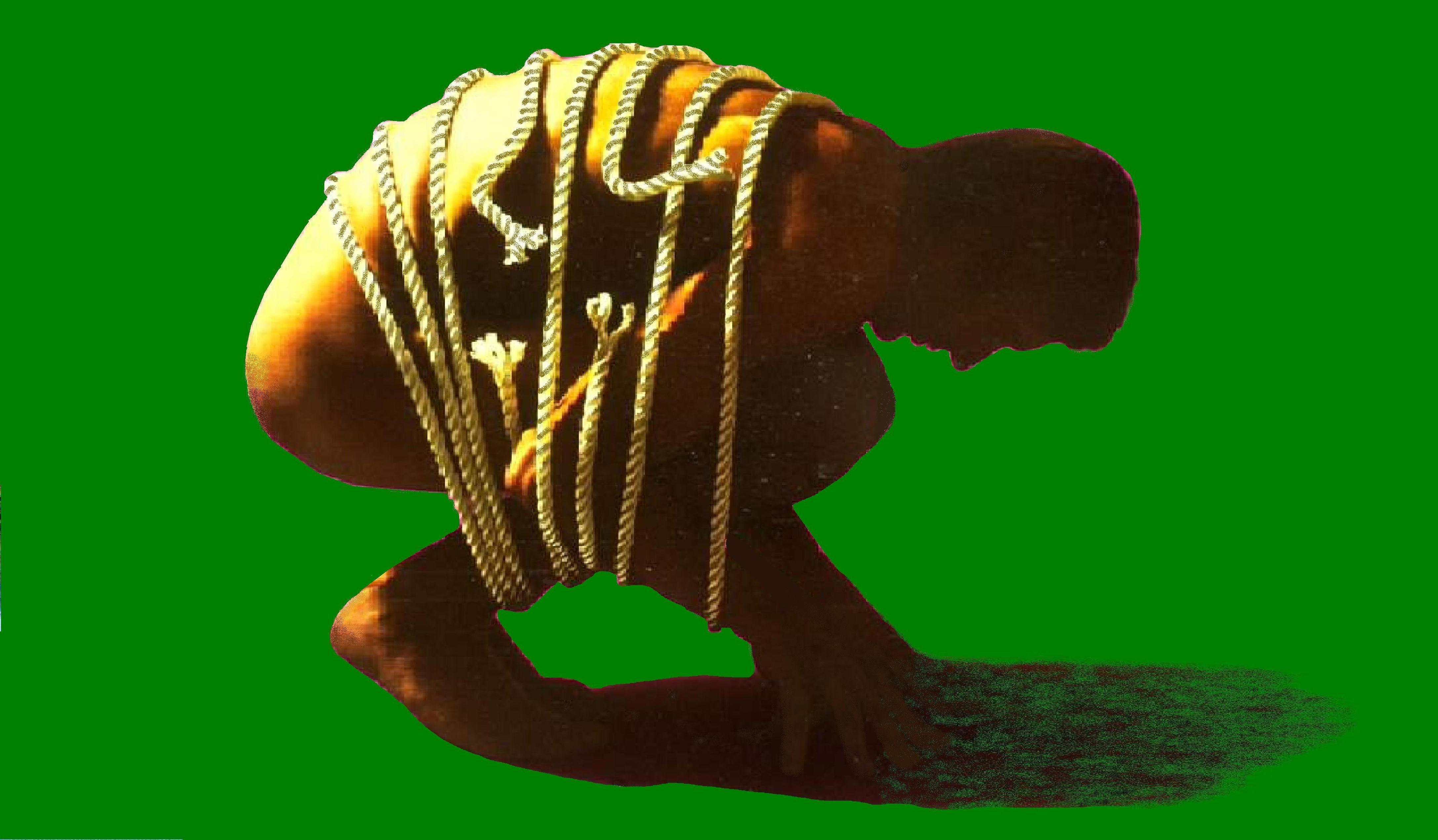You’re not imagining it – lower back pain and headaches do tend to strike the same patients, new research shows
Lightning never hits the same spot twice (or so they say) but there’s no cosmic rule restricting patients to one chronic pain condition at a time. In fact, a systematic review has suggested that headaches and persistent lower back pain tend to occur together.
The systematic review, published in The Journal of Headache and Pain, looked at 14 observational studies that surveyed the prevalence of persistent headaches and lower back pain in different populations.
People who had one of these two pain conditions were much more likely to have the other condition across all 14 studies, with odds ratios ranging from 1.55 to 8.
We know that chronic pain is driven by complex biopsychosocial factors and it could be that the same processes are causing both conditions in the same patients, the authors said.
“These are conditions that generate considerable morbidity globally, but that have not been widely managed as co-morbidities,” Dr Arani Vivekanantham, a rheumatologist at the University of Warwick in the UK, and her co-authors wrote.
“People with both headache disorders and low back pain might constitute a neglected group that could have both conditions managed in combination rather than as separate entities.”
The 14 studies in the review ranged in size; one study had around half a million people, three had 8,000-10,000 participants and one had only around 90 people.
The definitions of back pain and headache differed across the studies too. Pain levels were mostly self-reported and the thresholds for describing persistent pain varied.
The studies came from Denmark, the US, Switzerland, Iran, Germany, Qatar, Norway and Tunisia.
The “extreme heterogeneity” of the studies meant that the researchers couldn’t provide a pooled analysis of the data, the authors said.
The review might be susceptible to publication bias, which tends to favour positive findings, the authors added.
“Most of us in the field would have predicted this result, but perhaps not up to the high odd ratio of 8,” said Lorimer Moseley, a professor of clinical neuroscience at the University of South Australia.
“The longer we have any type of pain, the bigger our ‘protective buffer’ offered by pain gets – i.e. the pain system learns to be more sensitive and less fussy about what it is sensitive too,” he explained.
“As the pain system gets sensitive and less precise, the location of the pain usually spreads and can then include a new body part, especially if there are danger messages from that body part.
“Those danger messages might not have been sufficient to trigger pain while the pain system was on its normal sensitivity setting, but now that the sensitivity setting has gone up, the brain starts making pain in new body areas.”
People in pain can also start to change their behaviour, becoming less social and less active, which further increases their risk of pain spreading, he said.
Associate Professor Malcolm Hogg, a pain specialist and also a Board Member of Painaustralia, said the research was robust because the concepts were valid, the studies had consistent findings and there was some evidence of a dose-response relationship.
Chronic headaches and chronic back pain were both common and had much variability, but there were several ways that they might be connected – including genetics, nerve response to trauma and the risk of one condition triggering another, said Professor Hogg.
While treatment was always tailored to the individual, some elements might be similar for chronic headaches and chronic lower back pain, he said.
“Shared elements of treatment include education regarding the physiology of pain and its impact, an exercise and activity pacing program, and the role for medications that reduce pain sensitisation,” he said.


